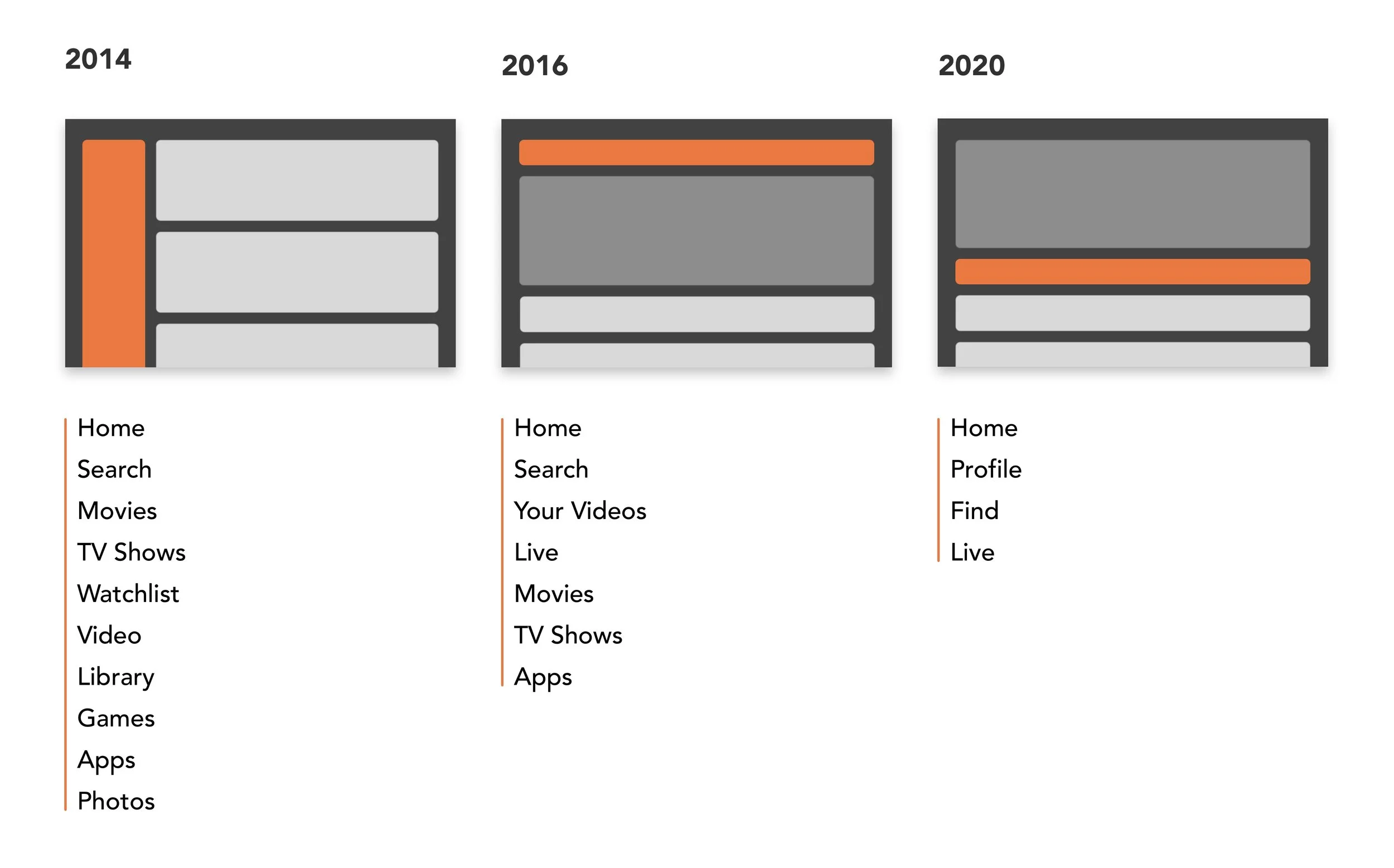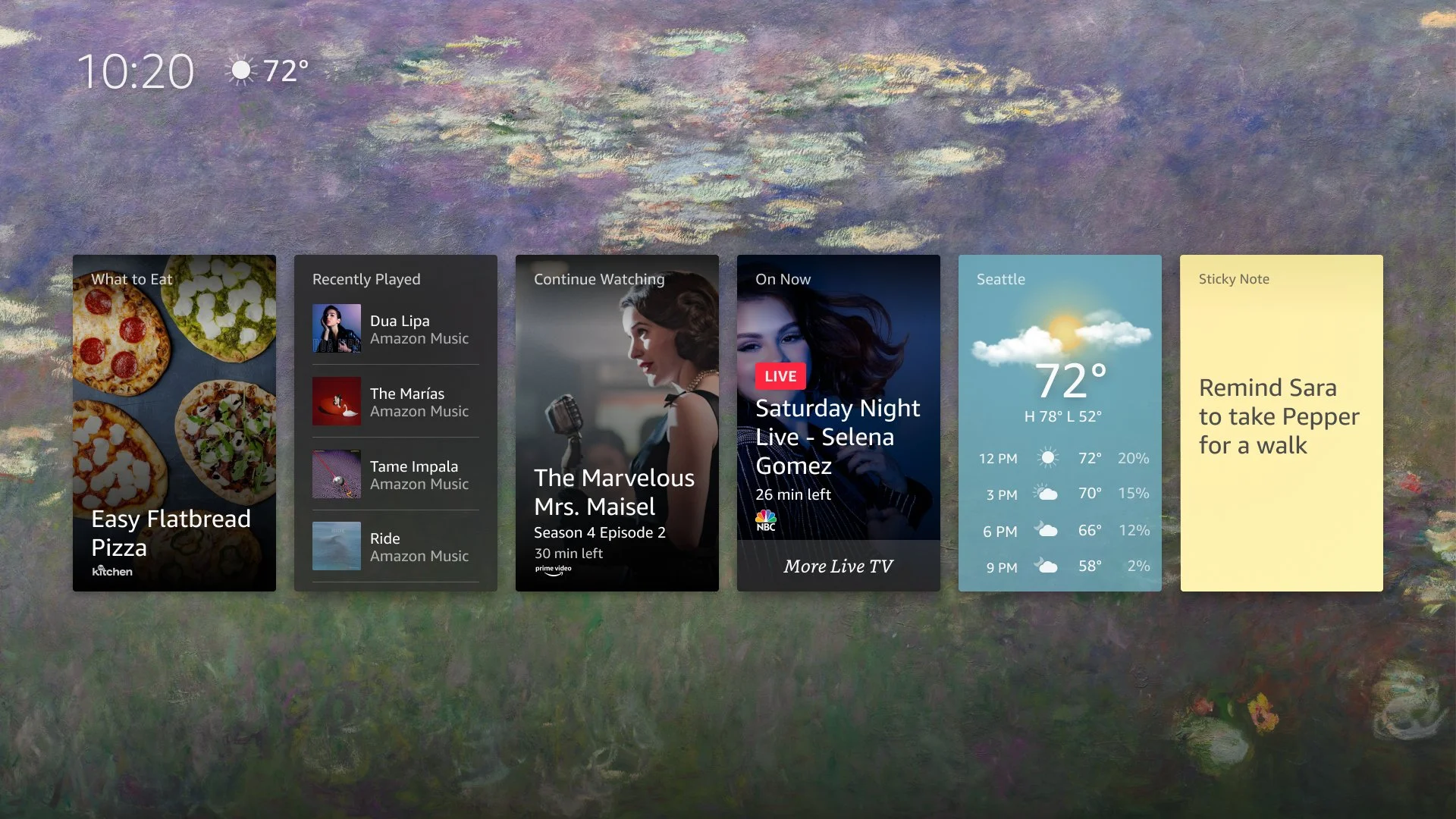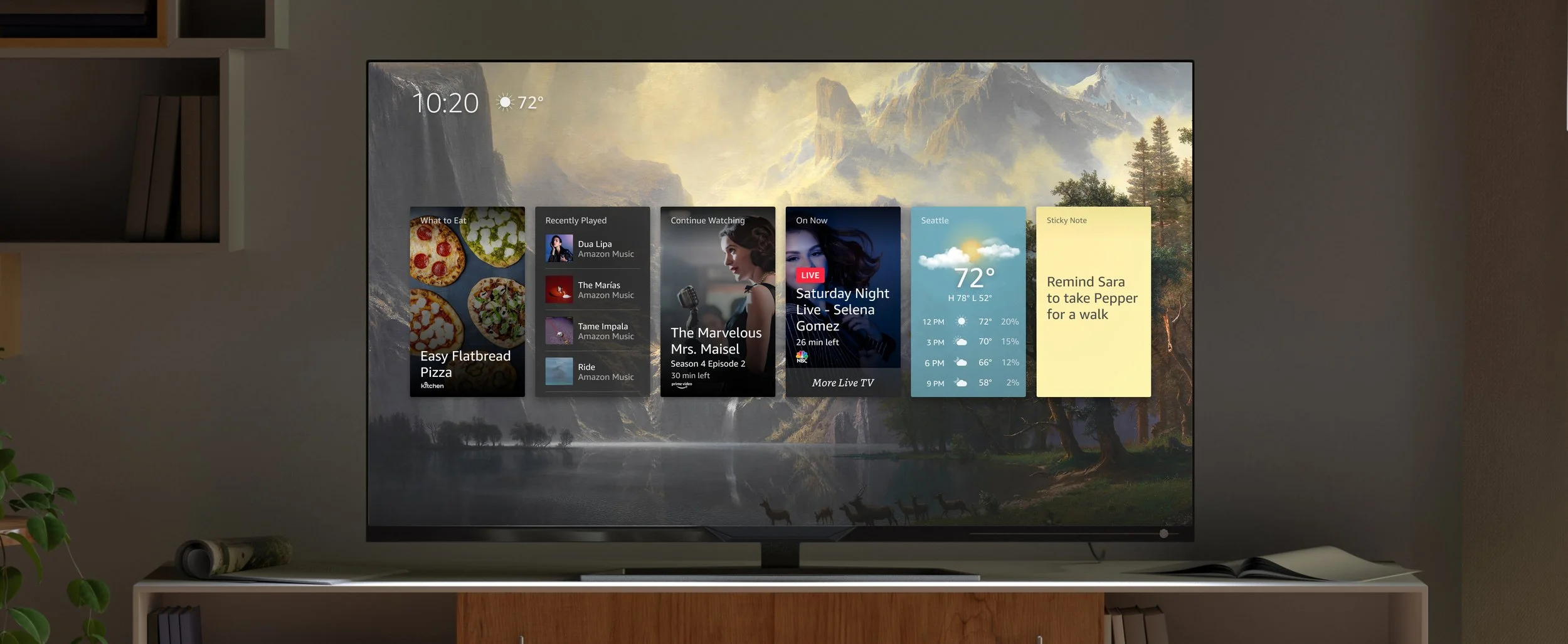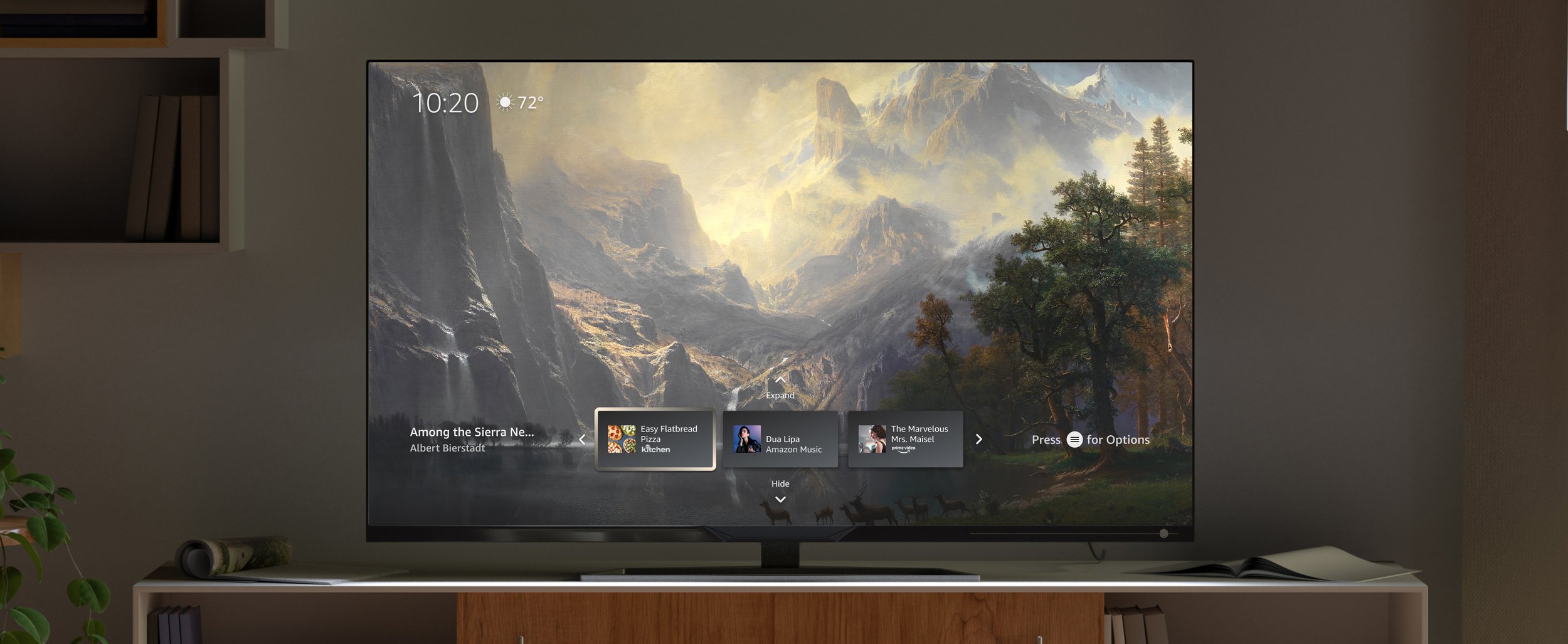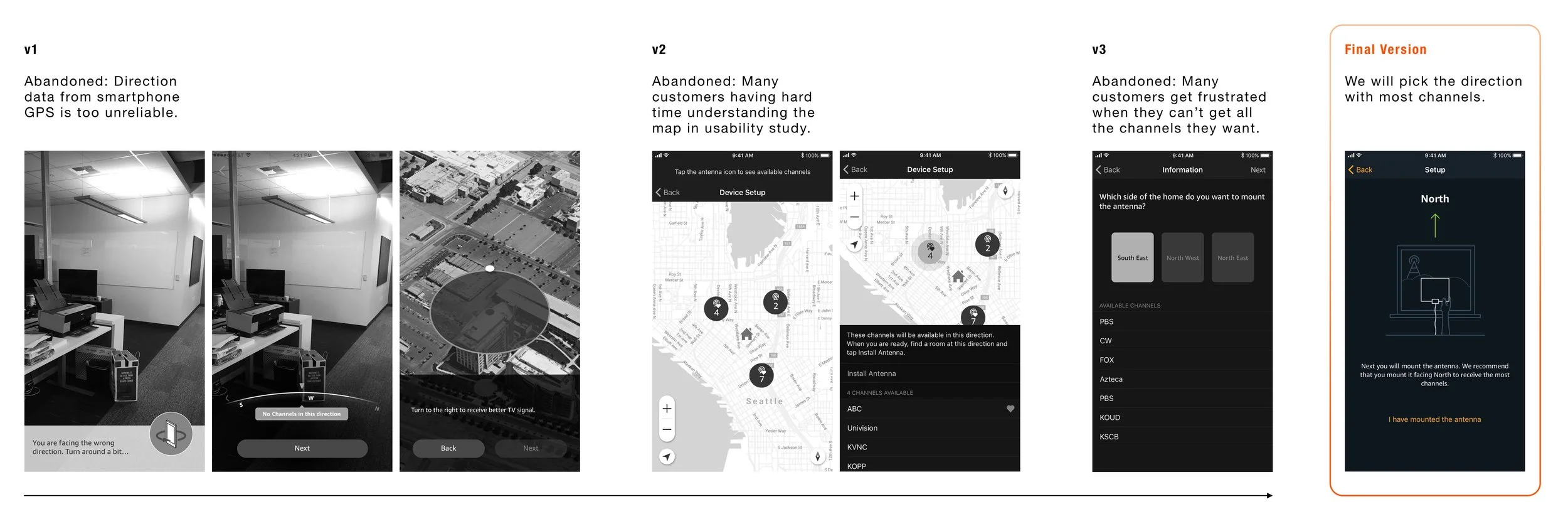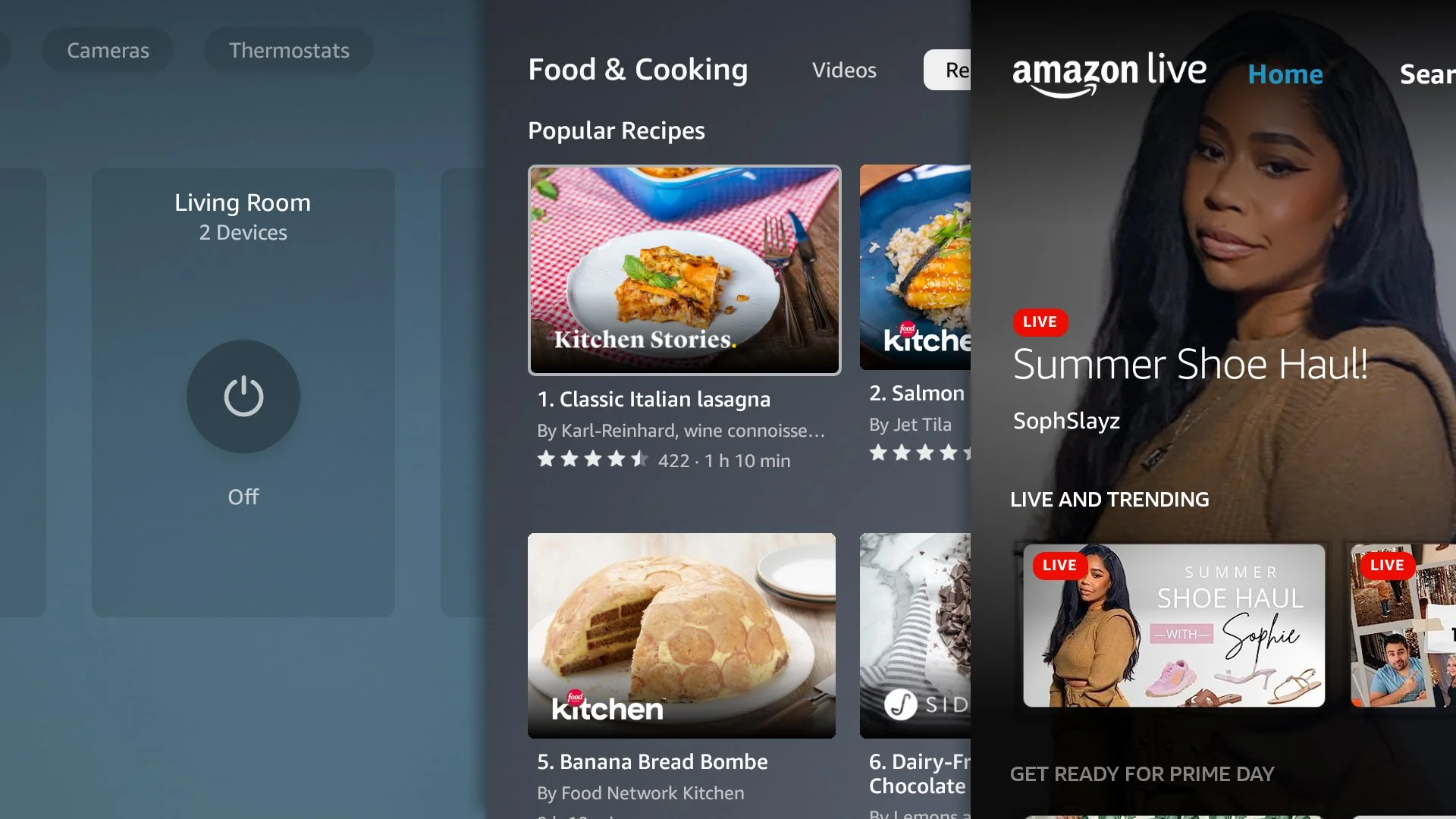
Amazon Fire TV
Since 2015, I have been an integral part of the Fire TV team, contributing, leading, and managing a talented group of designers. Together, we have worked on a diverse range of devices and features within the Fire TV family, creating unique and immersive experiences across different modalities and device types.
(Although I highly value design processes, I can only provide a brief overview of my projects on my public portfolio site. If you're interested in learning more, feel free to reach out. I'd love to chat in person and delve deeper into my work.)
-
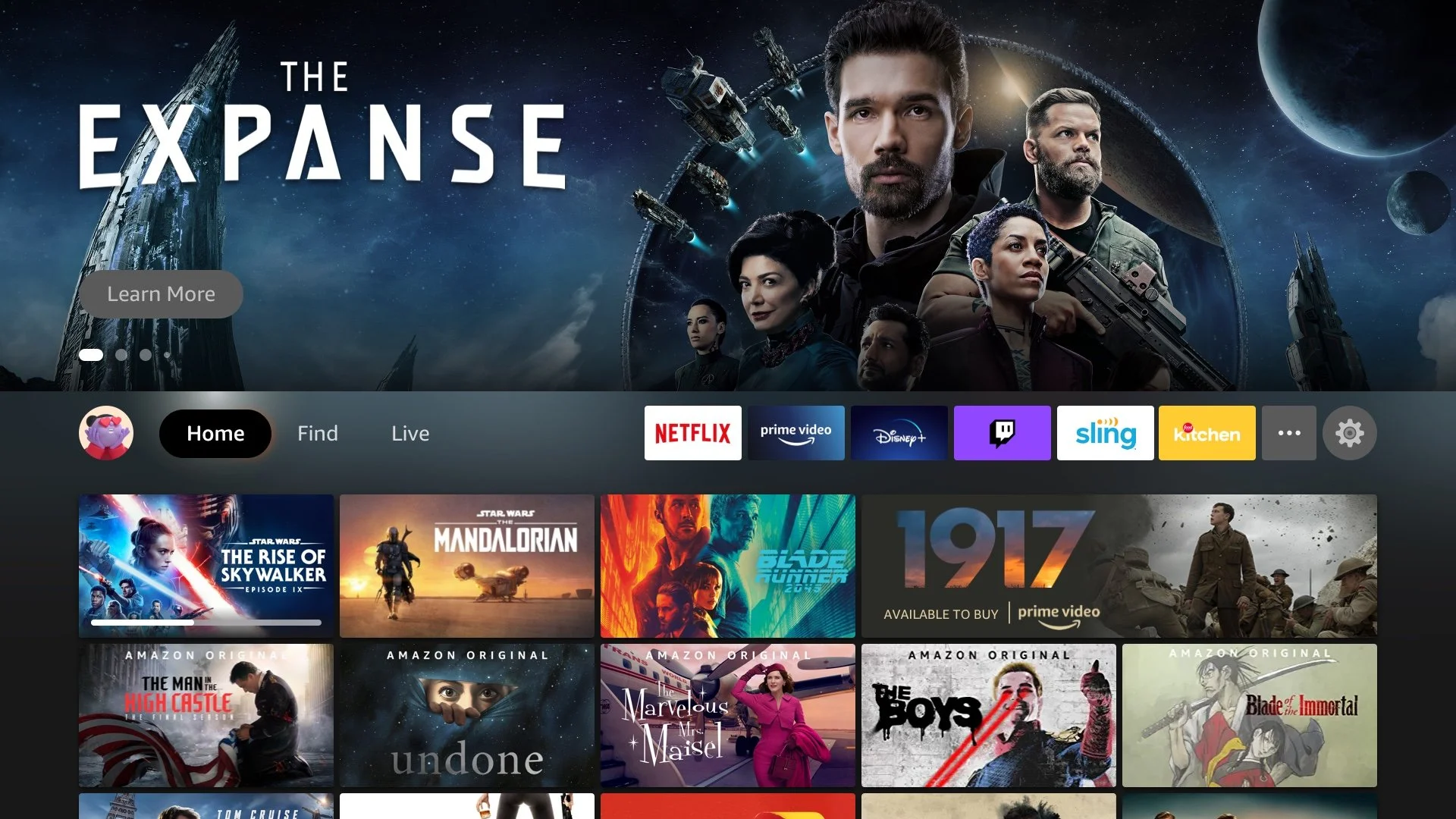
Core CX
-
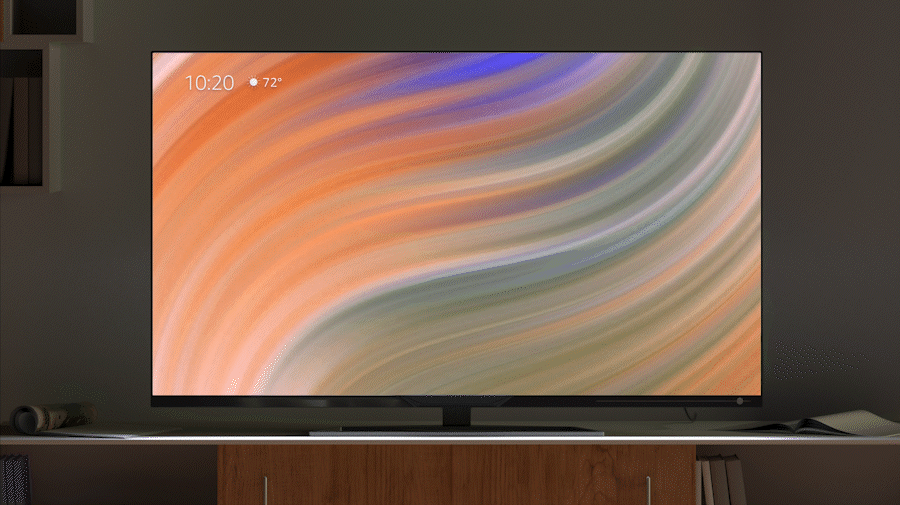
Ambient CX
-

Mobile CX
-

Voice & Alexa
-
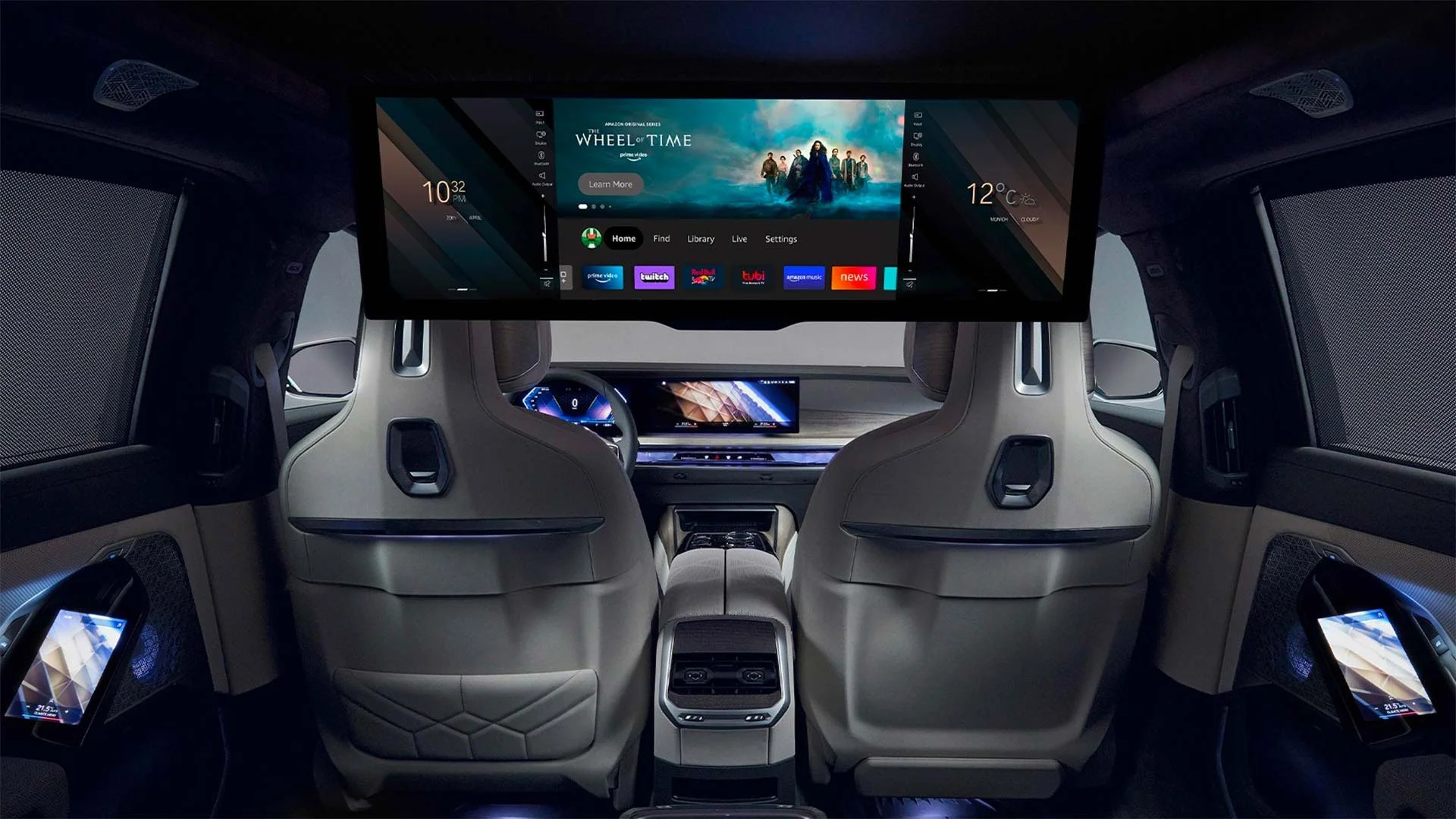
Automotive & more
Core CX
IA Revolution
At the heart of a customer's living room experience lies entertainment, with the TV taking center stage. While TVs have evolved to perform various tasks like smart home control and video conferencing, our primary focus as designers remains helping customers find something enjoyable to watch.
From 2015 to 2023, we recognized the evolving needs of our customers and the ever-expanding content offerings, leading us to make significant changes to our main information architecture on three occasions.
Our motivation for these changes stemmed from customer feedback expressing frustration with the similarity of designs and content offerings. Many individuals stopped at the home page when they couldn't find anything interesting to watch. Additionally, the lack of engagement with other top level browse pages hindered the discovery of new features, as simply adding things like sports or live TV to the top navigation proved ineffective: people are just not going there.
In response, we directed our efforts toward streamlining the information architecture in both updates. By consolidating navigation nodes, we created greater diversity among our top level browse pages, encouraging customers to explore and discover content across different categories. This approach aimed to enhance engagement and provide a more personalized and enjoyable discovery experience.
I participated in the 2016 redesign as a junior member of the team then took on additional ownership to define overall voice CX in the 2020 redesign.
-
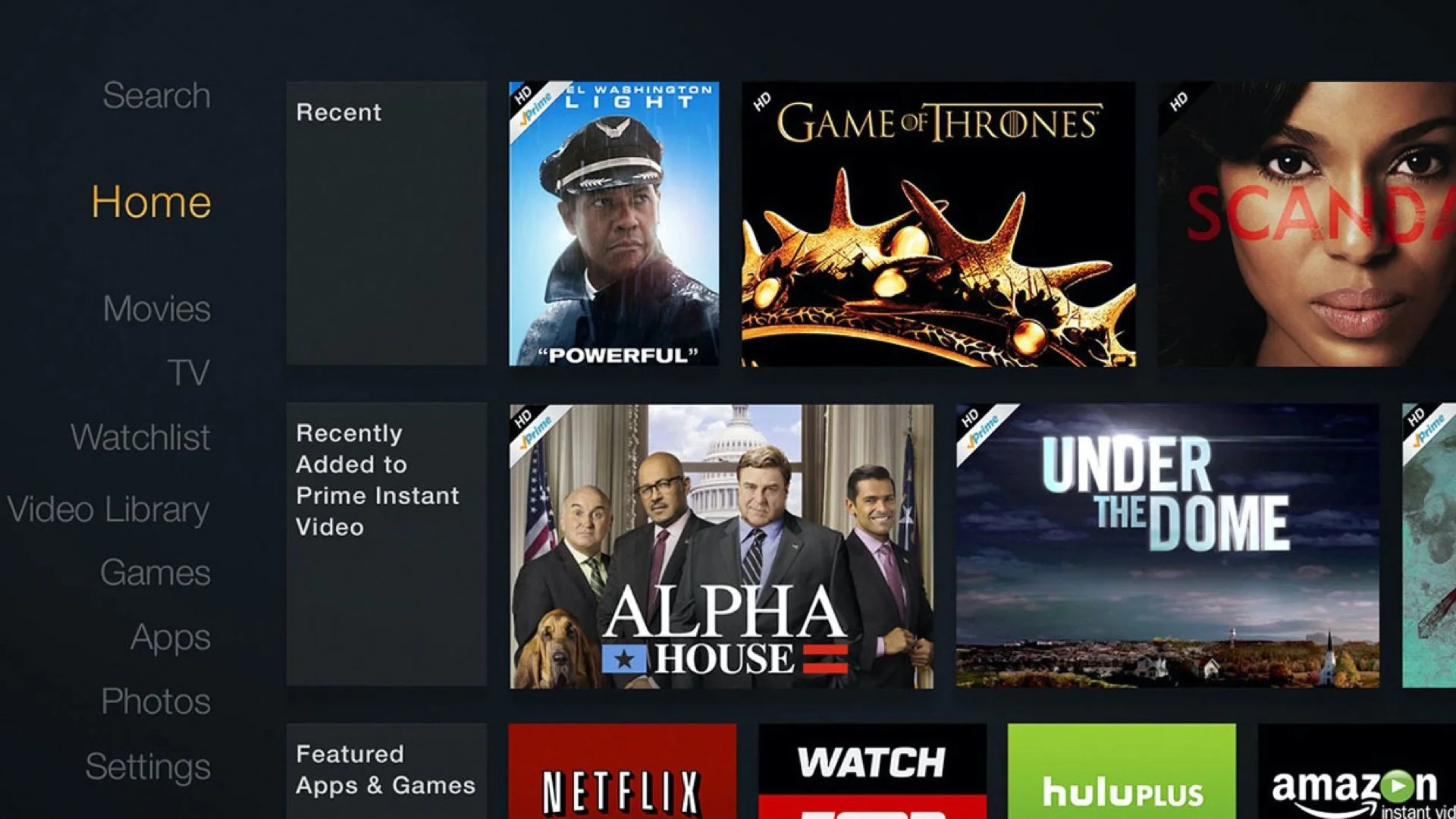
2014
-
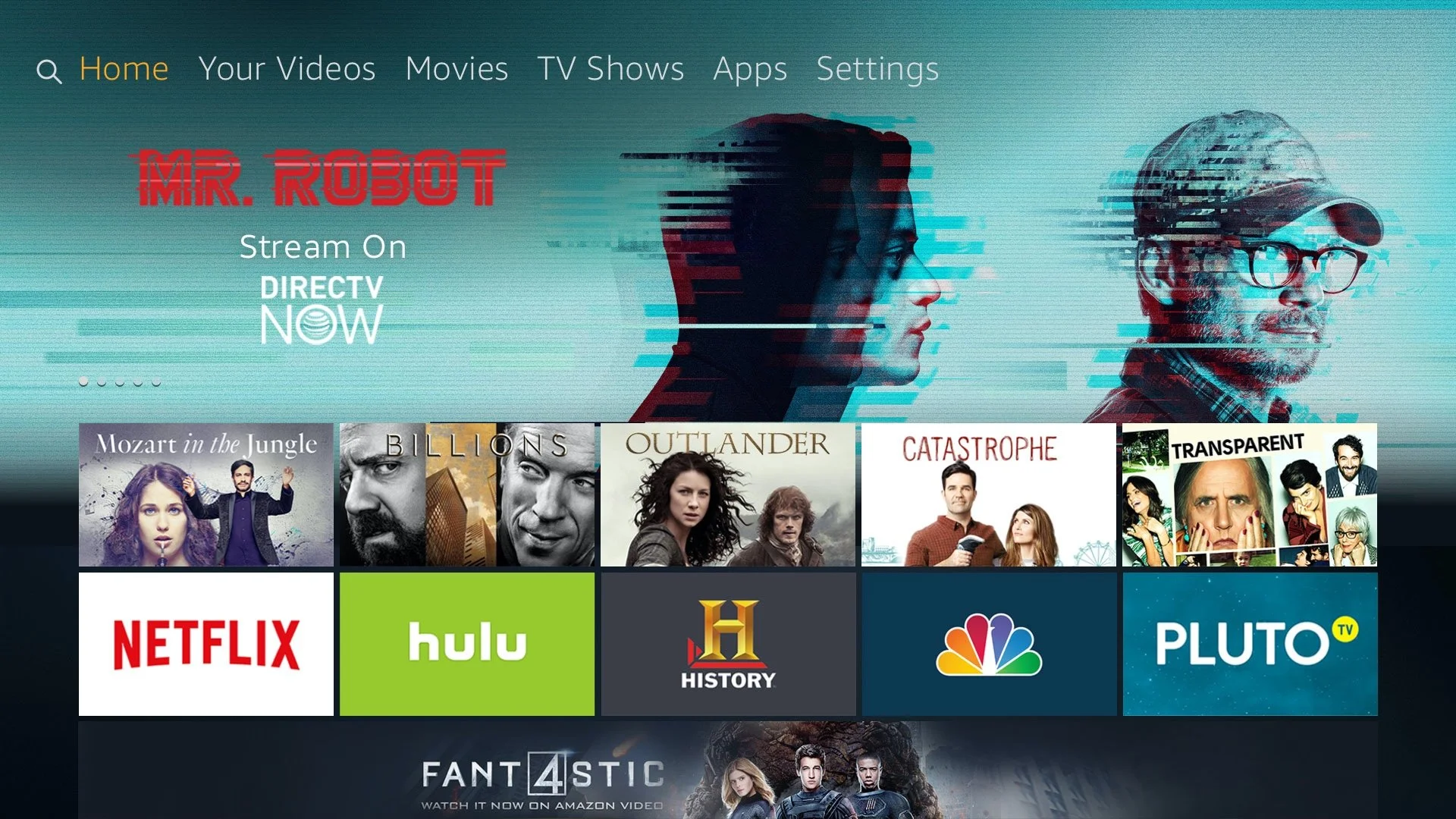
2016
-

2020
Ambient CX
Art on your TV
The Fire TV Ambient Experience presented us with a distinct set of challenges, necessitating a shift in our thinking. In this context, the user interface gracefully recedes into the background, allowing art to take center stage. The TV itself transforms into a captivating object, radiating beauty and serenity within the heart of the living room.
To bring this vision to life, our team collaborated closely with an in-house curator, pooling together an extensive catalog comprising over 1,000 images, motion backgrounds, and even generative options. These selections were meticulously curated to cater to the diverse preferences of our customers, offering a rich tapestry of visual experiences. Moreover, we integrated seamless support for personal photos from Amazon Photos, allowing customers to infuse their own memories and moments into the ambient backdrop.
Leading this project, I guided a small, dedicated team consisting of two interaction designers in addition to myself. In parallel, we closely collaborated with internal visual and motion design teams, ensuring a cohesive and harmonious integration of the ambient experience with the Fire TV design system.
Generative AI
In our quest to offer a truly unique and personalized experience, we went beyond curated collections and personal photos by empowering customers to create one-of-a-kind images using Amazon's generative AI. With a simple command to Alexa, such as "create an image of castles on Mars," customers witness the magic unfold as the results appear on their TV screens.
Bring widgets to Fire TV
Widgets offer bite-sized information in a quick and convenient glance. Through close collaboration with a partner design system team, we achieved a seamless widget experience across various Amazon devices, ensuring scalability and consistency. Moreover, we introduced a brand new affordance, the remote, which enhances the widget interaction on Fire TV.
Customers who are accustomed to seeing their widgets on Echo Shows will find the same familiar widgets, now available in two different sizes, on their Fire TV devices. This unified approach eliminates the need for customers to re-learn how widgets function, providing a smooth and intuitive transition between devices.
Mobile CX
Setting up an antenna
In 2018, Amazon introduced Fire TV Recast, an over-the-air DVR accessory that expanded the capabilities of Fire TV by enabling customers to record free Over-the-Air (OTA) content and watch it on both mobile devices and TVs.
One of the most challenging aspects of the customer experience was the onboarding process. While setting up a headless device using a smartphone had become somewhat standard by 2018, the Recast onboarding required a unique task: optimizing the device's placement for better broadcast TV signal quality. Several factors, such as not facing the direction of the broadcast antenna, thick walls, and interference from other electronic devices, could contribute to poor signal quality.
Working closely with UX research, we conducted three rounds of usability studies, and in the final round, we even visited customers' homes to observe how they would use the app in their own environments. Throughout these studies, we made important discoveries. The most surprising finding was that tech-driven solutions like augmented reality-guided CX and interactive maps didn't work well for most people (although they did for some). Ultimately, we found that the simplest approach proved most effective: providing customers with plain text instructions on which cardinal or ordinal direction to point their antenna and allowing them to figure it out themselves. It turned out that most people were familiar with their directions.
As the design lead, I oversaw all aspects of the mobile app update and collaborated closely with the visual design team to generate mobile and tablet design specifications for both iOS and Android platforms.

Content discovery
Alongside the onboarding process, we recognized the need for a comprehensive revamp of the existing Fire TV remote app, incorporating content discovery and management functionalities. While our objective was not to transform the app into a content aggregator, we focused on delivering a streamlined browse experience that was optimized for watching live TV and recorded content.
To facilitate this update, we introduced an updated design system to the app. This marked a significant milestone as it was the first major update in years, allowing us to enhance the visual and interactive elements to align with current design standards and provide a more cohesive user experience.
I am continually involved with mobile CX by managing a designer owning the Fire TV mobile app.

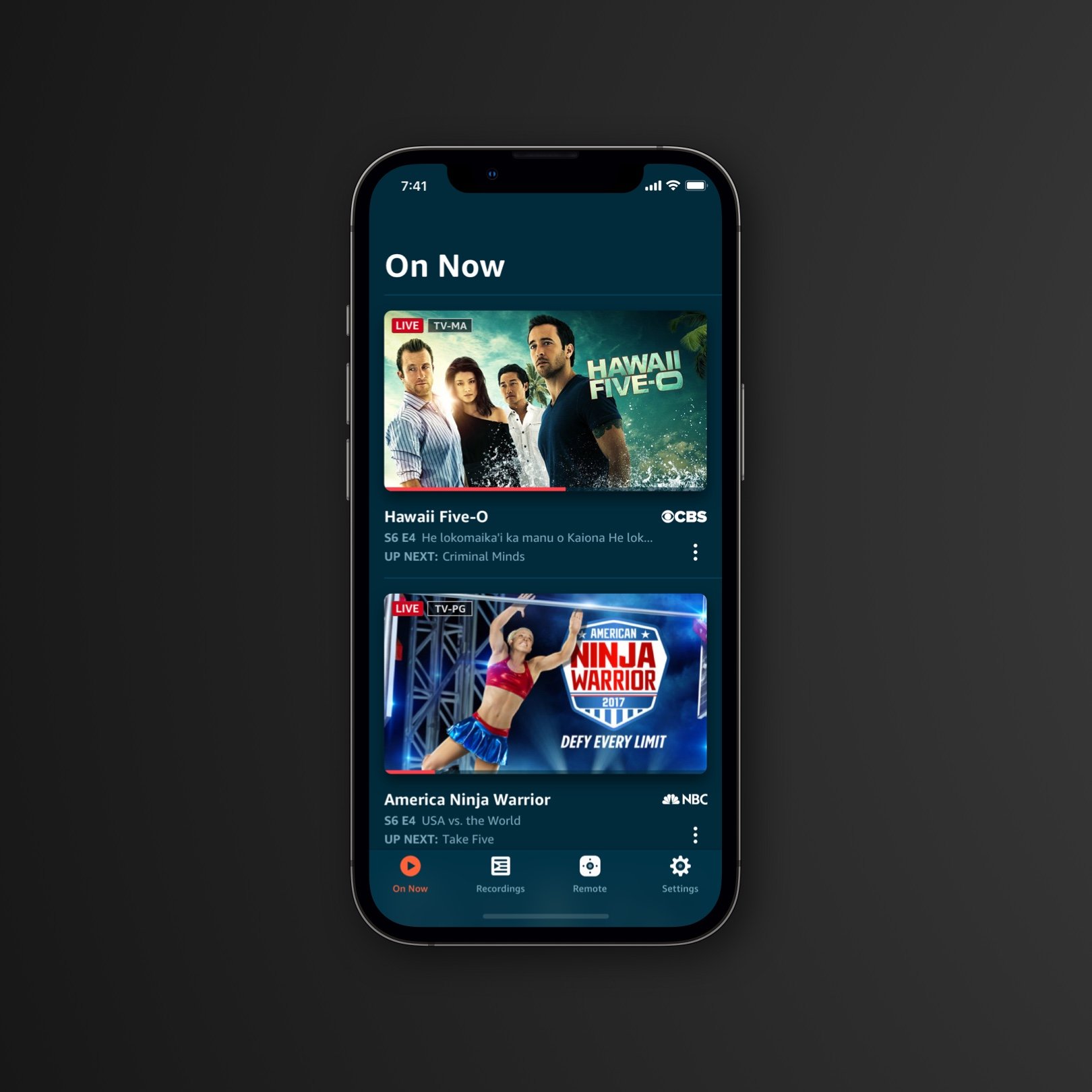

Voice & Alexa
Alexa, what should I watch?
Designing a voice-first content discovery experience necessitates a shift in thinking from traditional remote-based user interfaces. While on-screen navigation serves as a cornerstone for many user experiences, relying solely on voice commands for navigation can introduce significant friction. Similar to how your arm can tire quickly in a gesture-controlled interface, repeating the same navigation command repeatedly can quickly become tiresome. In light of this challenge, we embarked on an experimental feature called "What Should I Watch," aiming to explore the intricacies of designing for conversational and multi-modal TV interactions.
As one of the early advocates for this concept, I assumed the role of lead designer from inception to the initial product release. This journey allowed us to delve into the nuances of creating a seamless and intuitive voice-based content discovery experience. Through iterative design and user feedback, we gained valuable insights into crafting engaging conversational interactions and optimizing multi-modal interfaces.
The "What Should I Watch" feature served as a valuable learning opportunity, offering us invaluable knowledge on the complexities of designing for the evolving landscape of voice interactions in the TV space.
-

Low density browse
-
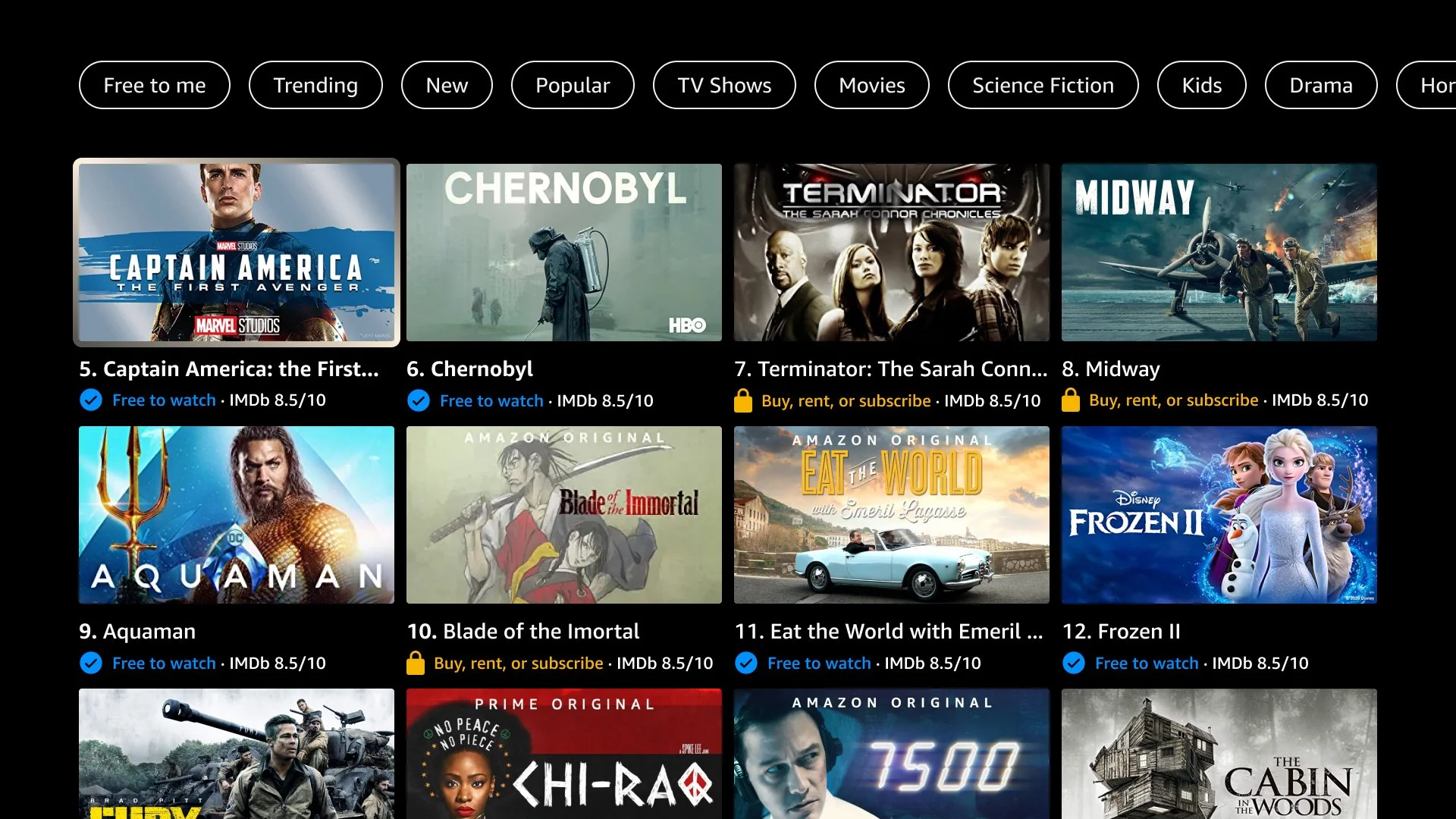
High density browse
-
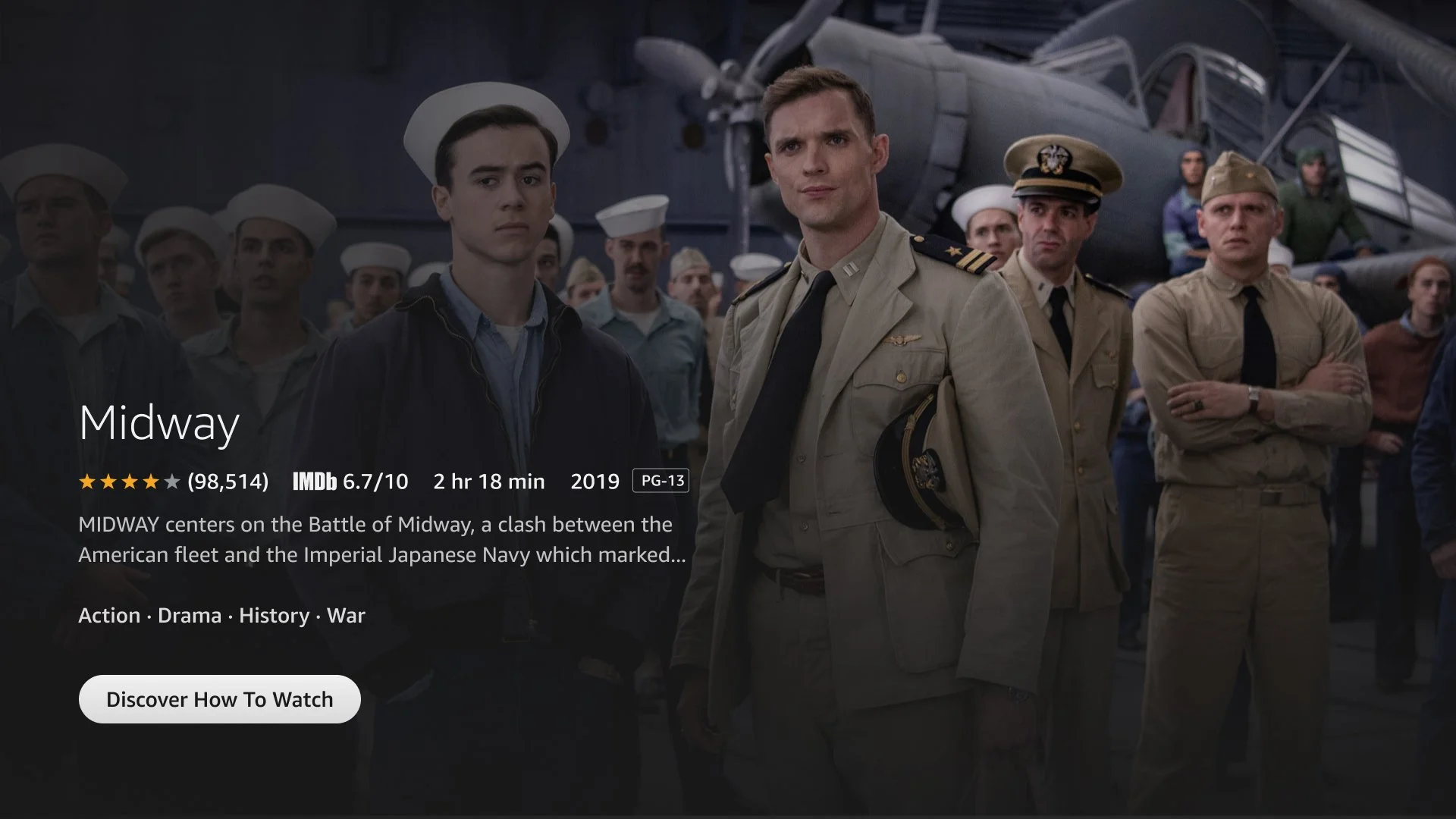
Detail page
Alexa on Fire TV
When it comes to modality, the TV presents unique challenges compared to touch-based or desktop devices. Navigating through the user interface with a remote control unveils hidden implications that may not be immediately apparent. One such consideration is the distance traveled between on-screen components, which translates to the number of button clicks required on a TV. While moving a cursor across a dozen buttons may be a quick nudge of the mouse on a desktop, it could entail 11 solid clicks on a TV remote.
In an advisory capacity, I had the opportunity to collaborate with internal partner teams in building Alexa-enabled screened experiences on Fire TV. This role exposed me to a diverse range of projects, including creating engaging experiences for recipes, smart home interactions, shopping, and more. It allowed me to explore the intersection of voice technology and visual interfaces, crafting seamless and intuitive experiences that leverage the power of both modalities.
Automotive & more
Fire TV on more devices
Fire TV has expanded its reach and integration into various vehicles and devices in recent years. In 2021, it became available for rear seat passengers in the Jeep Grand Wagoneer, followed by integration into the BMW i7 sedan in 2022. In 2023, Fire TV made its way onto the Echo Show 15, further expanding its presence.
Scaling the 10-foot living room user interface to fit and function across different screen sizes, while also enabling touch interactions, required extensive effort from the UX team. Although I did not directly handle the design aspect, the small screen Fire TV customer experience was one of the key focuses for my team. I actively participated in critical discussions and decision-making processes, contributing to shaping the overall user experience.

